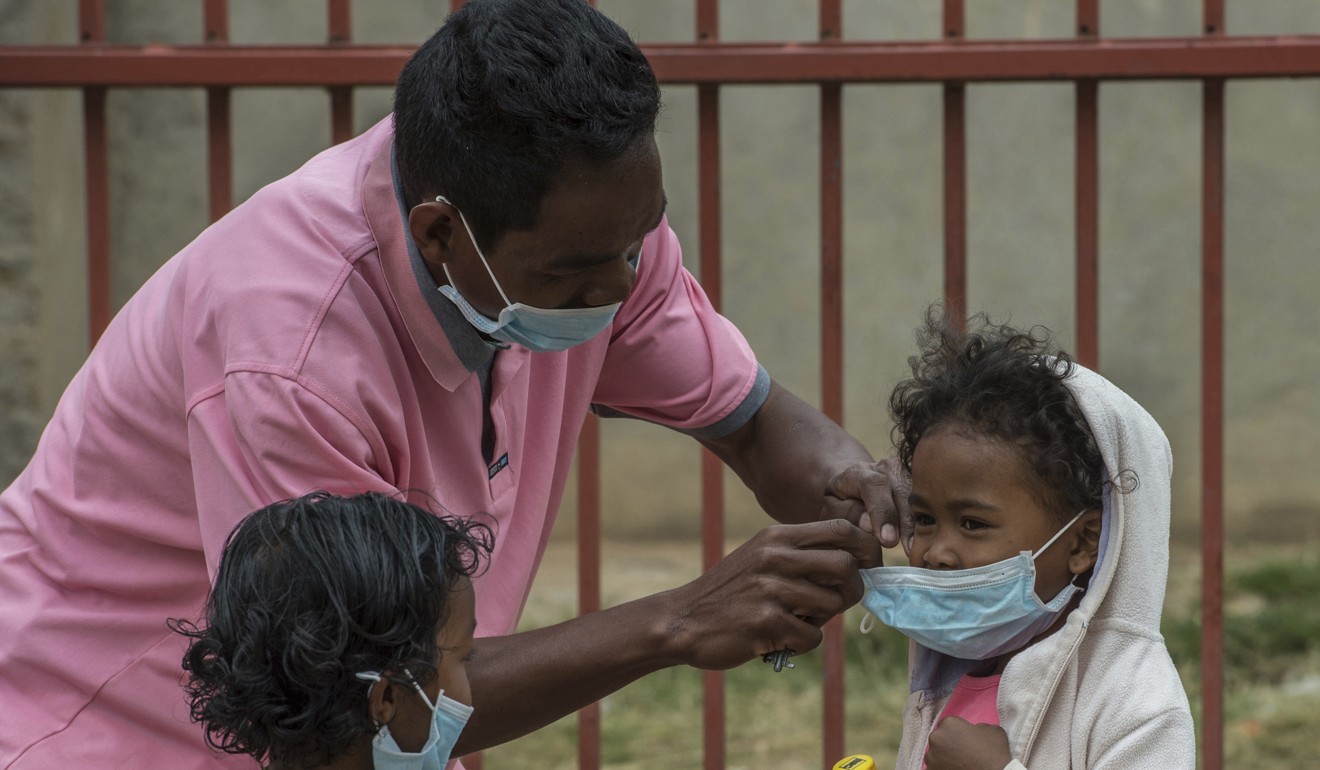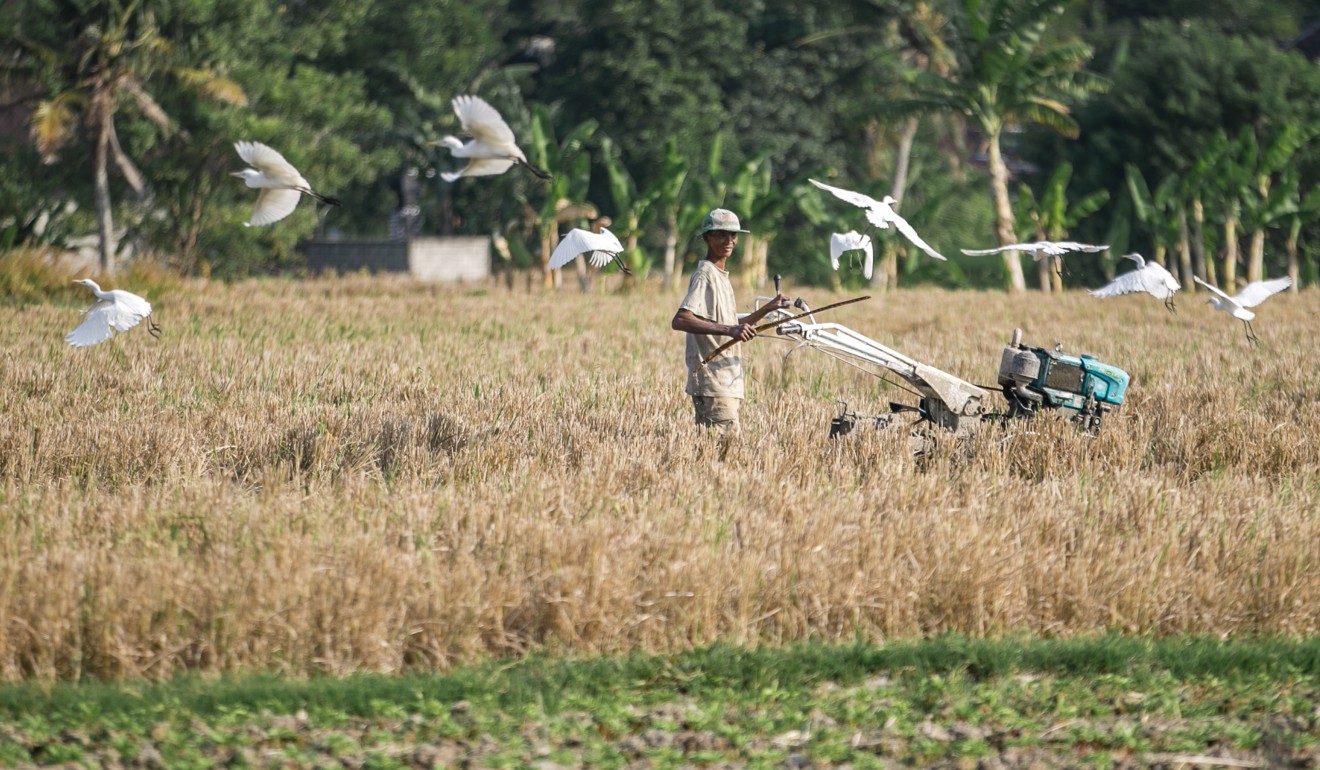
Why Madagascar’s dependency on vanilla extracts a high price on economic growth
David Dodwell says the story of the vanilla boom shows that reliance on commodities to bolster gross domestic product is a precarious bet for developing countries

As I slurped a sinfully satisfying ice cream last week to assuage the heat, I found myself thinking about the current vanilla boom that puts the drab black pod on a par with silver in value, helping put children through university in the poor northern jungle areas of Madagascar.
Vanilla, like most commodities grown in developing countries, is a fickle crop. Like cocoa, its history starts with the Aztecs: Itzcoatl, on conquering the Totonac people in Mexico in the early 1400s, so fell in love with the“black flower” that he added it to the bitter chocolate drink cacahuatl. The Totonac people were thereafter forced to grow vanilla as tribute to the Aztec king Montezuma.
French colonialists shifted production to islands in the Indian Ocean, but it only took off when a way of pollinating the vanilla orchid by hand was devised. Production settled in Madagascar, where Financial Times Africa editor David Pilling noted that not only was the climate perfect, but it was “one of the only places on earth poor enough to make the laborious process of hand pollination worthwhile”.
Today, over 80 per cent of the world’s fine-quality natural vanilla is exported from Madagascar, although the price volatility has made it difficult for farmers to make a stable living. Prices over the past five years have whiplashed from US$20 a kilo to a peak of US$600 earlier this year. Fortunes are being destroyed almost as soon as they are made.
Apart from Madagascar, the rest of the world’s natural production comes today from Uganda, the Seychelles, Papua New Guinea and Indonesia – all grindingly poor in the vanilla farming areas, because only a tiny share of the price paid for a kilo of vanilla by rich country importers ends up in farmers’ pockets (about US$2 for an importer price of US$70).

Here is the common curse of commodity dependency, whether crude oil, copper, cocoa or vanilla: heavy dependency on exporting a small number of commodities correlates with poverty, high mortality rates, low “human development” performance, poor education, corruption and high levels of income inequality.
According to the UN Conference on Trade and Development’s 2016 State of Commodity Dependence Report, wherever 60 per cent or more of a country’s exports are accounted for by three commodities or less, there is higher poverty and inequality. Of 188 countries, more than 91 were “commodity dependent”, compared with 82 countries in 2010.
Most of these are concentrated in Africa but Asia too has its share – Papua New Guinea (with the top three commodity exports of petroleum, metals and gold accounting for 51 per cent of exports), Myanmar, (72 per cent), Timor Leste (99 per cent) and Laos (66 per cent). All are among the world’s poorest economies.

Asia’s one glaring exception is Brunei, which has used its massive reliance on oil and gas to build widely shared wealth.
But it is Madagascar and its vanilla that tells the depressing story most consistently: its 25 million people share a GDP per capita of barely US$400 – 13 times lower than South Africa, 20 times lower than China and 143 times lower than the US. Seventy-seven per cent of the population live below the World Bank’s poverty line of US$1.90 a day, with a Human Development Index in the bottom 30 of countries worldwide.
David Pilling notes that when vanilla prices fell below US$40 five years ago, “India’s farmers simply said ‘No, we are not interested in producing any more’. Madagascar’s farmers can’t do that, because if they do, they starve.”

While times for Madagascar’s 80,000 vanilla farmers are comparatively good at present, the reality of the commodity curse is that it is only a matter of time before the next crash. Since Rhone-Poulenc (now Solvay) learned in the 1970s how to create synthetic vanilla, there has been an inevitable shift away from the “real thing” to synthetic vanillin. A glimmer of hope has arisen from a surge among leading vanilla users, like General Mills, Hershey’s, Kellogg and Nestle, for “all-natural” ingredients, but at the present very high price levels, this commitment must be regarded as precarious.
There is a glimmer of similar optimism among other key commodity exporters as the rich Western economies have begun to recover from the 2008 financial markets crash. Not only have oil and gas prices rallied, but sustained Chinese demand for many industrial minerals has buoyed commodity prices for many of the “commodity dependent” poor parts of the world.
It would be nice to share their optimism, and it is just possible that this time it is different. But for those Madagascan vanilla farmers at the grindingly poor end of the US$57 billion global ice cream market, the likely reality is not so rose-tinted.
David Dodwell researches and writes about global, regional and Hong Kong challenges from a Hong Kong point of view